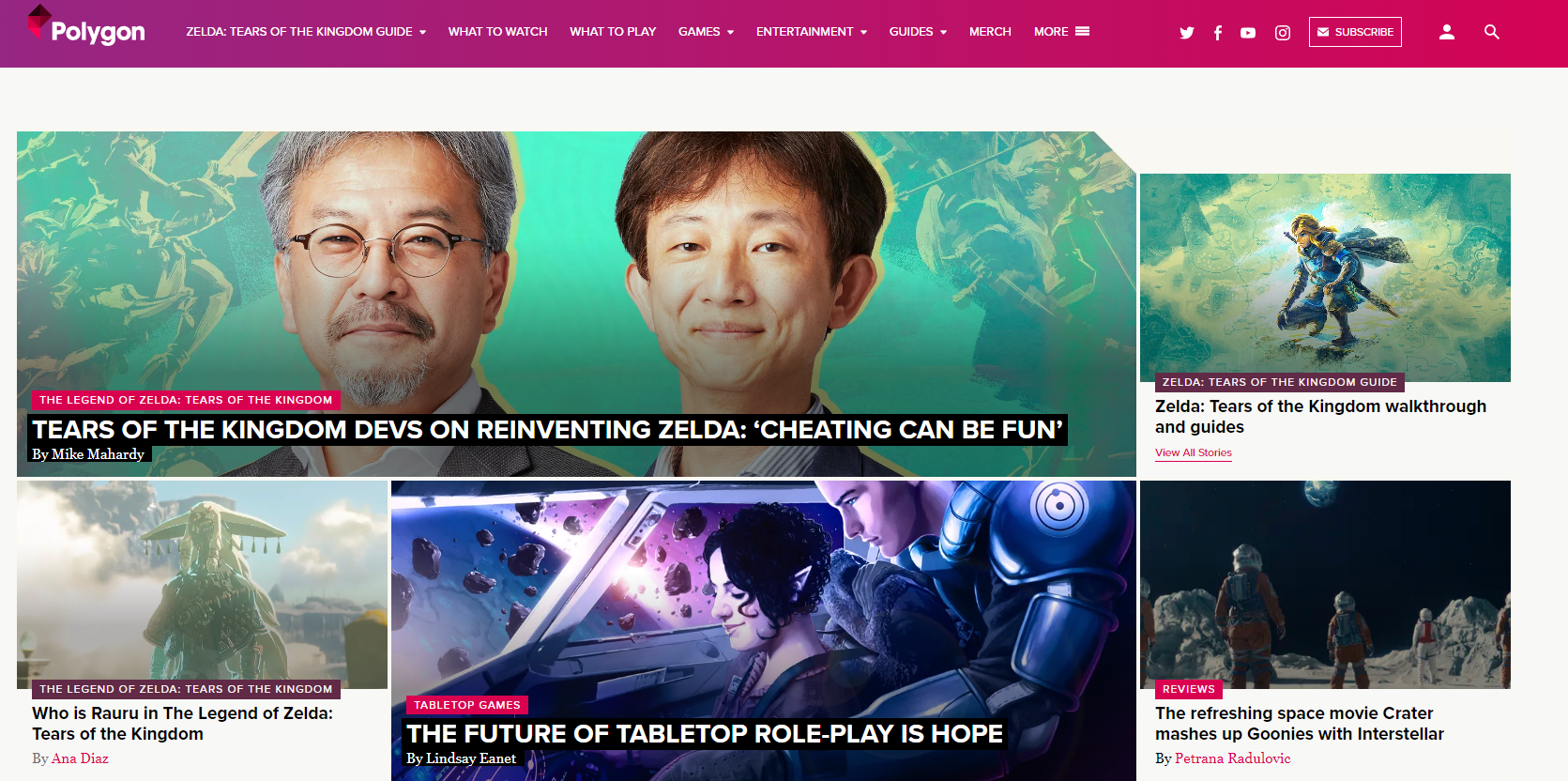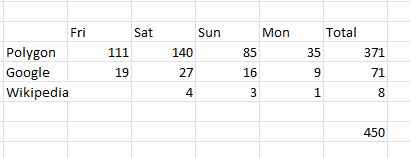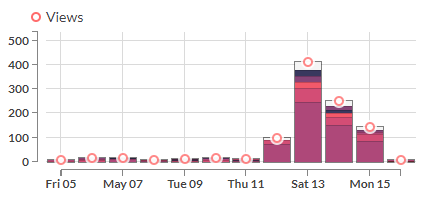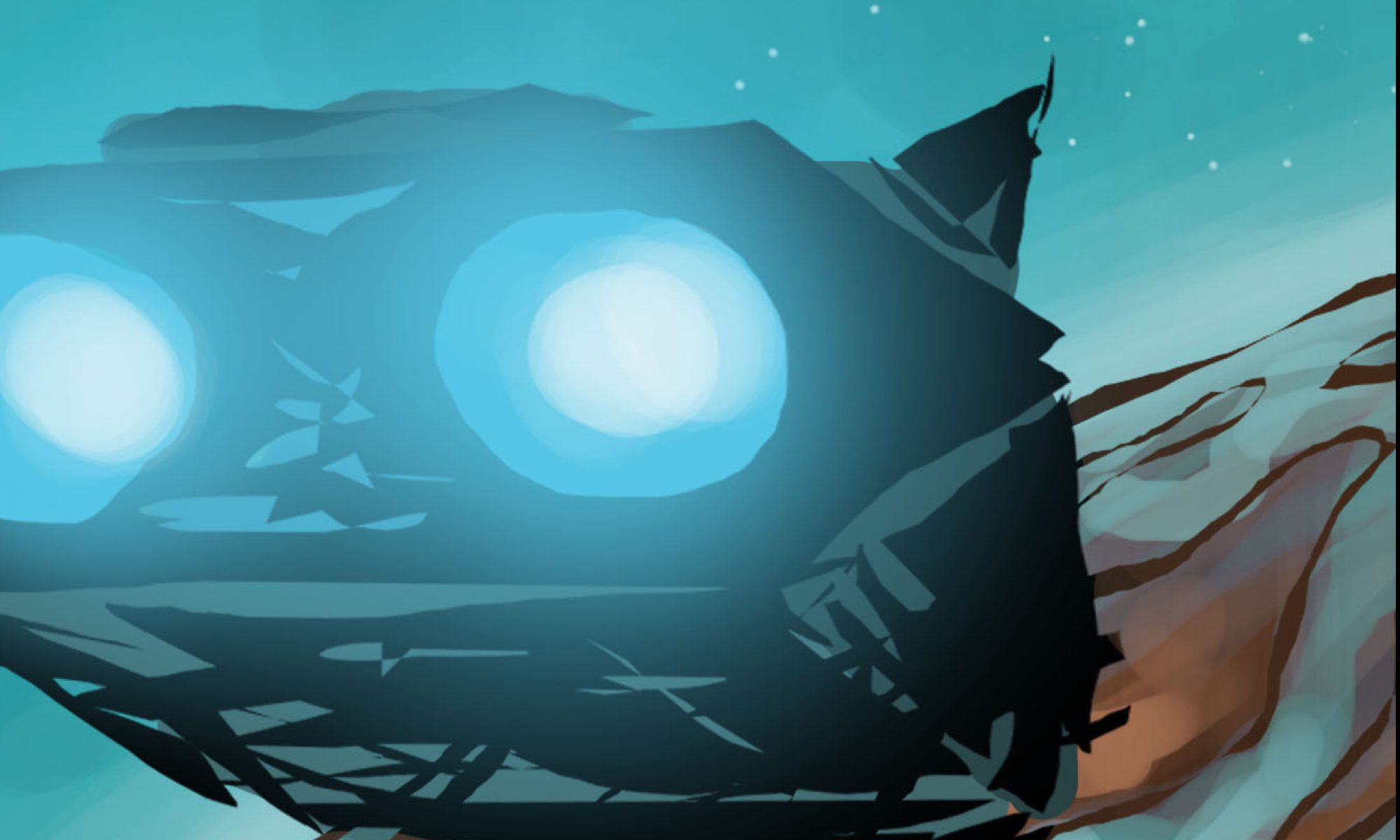So, I had a bit of good fortune, my optimistic space opera TTRPG Return to the Stars was prominently featured in an article called “The Future of Tabletop Role-Play is Hope” on Polygon, one of the largest gaming sites on the web. Like most tiny indie publishers, that’s a bit a outside my realm of experience, so I thought there might be some value in looking the impact,
I’d really encourage you to read the article, which is a pretty cool survey of hopepunk TTRPGs “that prioritize care, community, optimism, and joy.” You can see how the author spent a lot of time not only discussing the game, but reaching out to the creators. In my case they spend a full half hour on the interview, and came in prepared not only knowing about my game, but also having read entirely separate essay I had written on utopian fiction. As someone who has occasionally interacted with the press in a healthtech day job, and can say that this amount investment in writing a piece is pretty rare. This is a serious article, not some simple listicle.
I want to make it clear this the piece is covering a range of interesting solarpunk and hopepunk games. At the same time Illustrations from my game were the first two pieces of art for the article, and was the graphic presented on the Polygon home page. Mine was the first game covered, and I was the designer that was first and last quoted. I’m not saying this to brag, but give the context for looking at the numbers driven by the article—this was substantial exposure for my game.
(To squee for a minute, it was pretty surreal to see the art from my hopepunk space opera game show up alongside all the articles Polygon has on the new Zelda game!)
So, what did this prominent placement do for visitors and purchases?
The article landed debuted on Friday, and stayed on the front page through Sunday evening. As of Monday, it is available on the site, and visible from the tabletop gaming section, but no longer “above the fold” or immediately visible on the front page of Polygon. This chart show this the referrals this generated to my website, either directly from Polygon, or because people (presumably because of the article) are Googling the name of my game. I had previously published an essay on hopepunk, by the author who coined the term, and that is linked as a source in Wikipedia. So we’ll also count the Wikipedia referrals as driven by people who “wanted to know more about this hopepunk thing” after reading the article.

So, 450 referrals to my website. Not bad at all.
The front page of my website had a link to an itch sale I created to celebrate being recognized in Polygon.
There are 268 click through from my website to the sale page I created—that seems a reasonably high conversion rate.
I did a few other things to get the word out. I sent a thank you to my Kickstarter backers—the game exists because they were willing to take a chance on it long before there was coverage in Polygon or an Indie Groundbreaker award nomination. I thanked some people on social media, and squee’d a bit.
Probably most significantly, I reached out through itch to the people who had downed a ‘zine I had written on hopepunk. I let them know about the article, and about the sale. Of the 9000 people who had downloaded the zine, half opened the e-mail, and there were only 171 unsubscribes. Pretty reasonable.
So, to sum up, there was traffic driven by the Polygon article itself, and the article provided a good reason to reach out to people who already cared about a ‘zine I published about hopepunk.
Here you can see the views for my itch account:

What did this do for sales? Since this article was published, I’ve had 70 sales (of the game and/or zines that I’ve published. That’s $762.62 in sales, and hopefully a few more gamers having fun playing my game and painting a better future in bold, primary colors.
So, what are some takeaways? First off, I’ll note that tabletop RPGs are very niche, and micro-indies like mine are a niche within a niche. And some people are just going to resist the very idea of hopepunk as a genre. Heck, some old farts will object to anything ending in the suffix “-punk”, as if that ship didn’t sail with the coining of Steampunk in the late ‘80s.
I can easily imagine a different type of game, or a tabletop RPG that was more mainstream, getting a lot more lift from this sort of exposure. At the same time, the article itself, the game, and the connection to people who downloaded my zine only existed because of my interest in hopepunk, and the notion that there are exciting stories to be made about people taking risks to care for others.
Anyway, I hope this analysis was helpful or interesting to other RPG creators. Let know your thoughts or questions!

